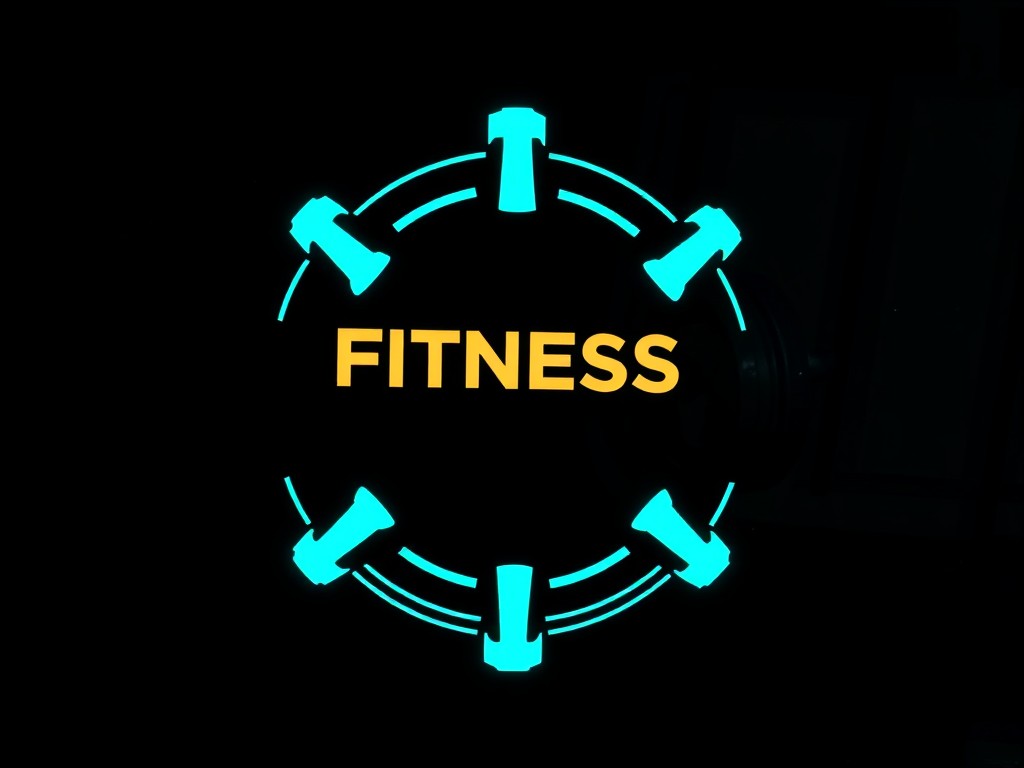In the high-stakes world of professional sports, the health and performance of athletes are of utmost importance. For NFL players, who regularly engage in vigorous physical activity, heart health is a particularly critical aspect of their overall wellness. This article will delve into the most effective ways to monitor and manage heart health in these elite athletes, exploring the impact of various forms of training, and the role of data in optimizing health and performance outcomes.
Understanding the Athlete’s Heart
The heart of an athlete is a unique specimen, shaped by the heavy exercise load carried out over years of training. It undergoes significant changes, adapting to the increased demand for oxygen and nutrients by the body. These adaptations can include enlargement of the heart chambers, thickening of the heart walls, and an increased capacity to pump blood.
This might interest you : How can football academies enhance cognitive skills training for young players?
In the realm of football, players are often exposed to strenuous physical activity, with the heart rate frequently reaching high levels during games and intense training sessions. Consequently, these athletes are obliged to pay particular attention to the health of their heart.
Monitoring Heart Health in NFL Players
Monitoring heart health in professional athletes requires a multi-faceted approach, encompassing a variety of medical examinations and ongoing check-ups. Standard tests include electrocardiograms (ECGs) and echocardiograms, which provide detailed data about the heart’s electrical activity and structure, respectively. Yet, the utilization of advanced technology has become an increasingly popular method for monitoring heart health in NFL players.
Topic to read : What specific exercises can defenders practice to improve their one-on-one defending skills?
Heart rate monitors are widely used in professional sports, providing real-time data on an athlete’s heart rate during both rest and exercise. This data can be analyzed to determine not only the athlete’s current heart health, but also long-term trends and changes in their heart function, which can help to flag potential health issues before they become serious.
Beyond heart rate, other key data points for heart health include heart rate variability (HRV), which measures the variation in time between each heartbeat, and blood pressure. High HRV is generally associated with good health and fitness, while high blood pressure can be a sign of potential heart issues.
Training and Heart Health
Training plays a crucial role in managing heart health, but it’s essential to strike the right balance. While regular exercise is beneficial for heart health, overtraining can lead to problems such as overuse injuries and heart strain. Therefore, the training load must be carefully managed to avoid negative impacts on the athlete’s heart.
A well-structured training program should include different types of exercises, ranging from high-intensity interval training (HIIT) to more gentle, restorative activities. HIIT workouts are particularly beneficial for heart health, as they help to improve cardiovascular fitness and can lower resting heart rate over time.
Furthermore, training programs should factor in adequate recovery time. The heart, like any muscle, needs time to recover after strenuous activity. This recovery time allows the heart to adapt to the stress of exercise, which ultimately leads to improvements in heart health and overall athletic performance.
Monitoring and Managing Heart Health Through Diet
Aside from exercise, diet is another critical factor in managing heart health. Athletes, including NFL players, must maintain a balanced diet, rich in fruits, vegetables, lean proteins, and healthy fats to support their heart health.
Regular hydration is also essential. Dehydration can strain the heart by reducing blood volume and increasing heart rate. NFL players are advised to monitor their hydration levels closely, particularly during training and games, when the risk of dehydration is higher.
Taking into account an athlete’s nutritional needs, a dietitian or nutritionist plays an integral role in developing a personalized meal plan. Nutritional supplements may also be considered to ensure an adequate intake of essential vitamins and minerals that support heart health.
The Role of Mental Health in Heart Health
Lastly, the impact of mental health on heart health should not be overlooked. High stress levels can contribute to heart problems, including high blood pressure and irregular heart rhythms. With the intense pressure of professional sports, athletes often face significant mental stress, which if not managed correctly, can negatively impact their heart health.
Mental health professionals work closely with NFL players to help them develop strategies for managing stress and anxiety. These strategies can include mindfulness exercises, deep breathing techniques, and cognitive-behavioral therapy. Adequate sleep is also crucial for managing stress and promoting overall heart health.
In conclusion, monitoring and managing heart health in professional football players involves a comprehensive approach, integrating medical monitoring, tailored training programs, balanced nutrition, and mental health support. With such a strategy, NFL players can maintain their heart health and optimize their performance on the field.
Advanced Technologies for Heart Health Monitoring
In the modern age, the use of advanced technologies has become a game-changer for monitoring the heart health of professional athletes, especially NFL players. These technologies provide real-time data and long-term trends on the athlete’s heart function, which can significantly aid in decision making and health safety of the athletes.
Wearable devices such as smartwatches and chest straps fitted with heart rate monitors have become increasingly popular. These devices allow for continuous monitoring of an athlete’s heart rate, even during training sessions and games. Through this, fluctuations in heart rate, patterns, and irregularities can be detected and analyzed quickly.
Another innovative technology is remote cardiac monitoring, which allows physicians to examine the patient’s heart from a distance. This technology is particularly useful for monitoring athletes on game day, when physical examinations may be impractical or impossible. Data from these remote monitors can be accessed in a separate window by the medical team, enabling them to respond swiftly to any signs of heart disease or distress.
Moreover, implantable cardioverter-defibrillators (ICDs) are devices that are surgically inserted in patients who are at high risk of sudden cardiac death. ICDs continuously monitor heart rhythms and deliver shocks to correct abnormal rhythms, providing a long-term solution for athletes with severe heart diseases.
Despite the benefits of these technologies, it is critical that they are used in concert with regular medical check-ups to ensure a comprehensive approach to heart health monitoring.
Impact of Head Impacts on Heart Health
In a sport as physically demanding and contact-heavy as football, head impacts are a common occurrence. Recent studies have shown a direct correlation between head impacts and heart health, making it a significant factor to consider in monitoring and managing heart health in NFL players.
Head impacts can lead to traumatic brain injuries (TBIs), which can have physiological effects on the cardiovascular system. One such effect is a disruption in the autonomic nervous system, which regulates heart rate and blood pressure among other things. This disruption can lead to abnormal heart rhythms and increased resting heart rate, consequently putting the athlete at risk of heart disease.
To manage this, NFL players are routinely assessed for signs of TBIs, such as concussions. Players who have experienced a head impact are taken out of the game or training session and assessed immediately by a medical professional. The player’s heart rate and blood pressure are monitored closely post-exercise, and they are given adequate rest to allow their body to recover.
The use of protective gear, such as helmets, is also crucial in minimizing the risk of head impacts. Athletes are educated on the proper techniques to avoid unnecessary head impacts, and training loads are adjusted accordingly.
Conclusion
Maintaining heart health in professional football players is a multidimensional task that requires a balanced blend of regular medical check-ups, advanced technology, carefully structured training loads, a healthy diet, mental health support, and the management of potential head impacts. By adopting a comprehensive approach, we can ensure the health safety of these athletes, enabling them to continue to perform at their peak level. This holistic approach doesn’t just serve the athletes on the field, but it also provides them with a foundation for long-term health beyond their professional careers.











